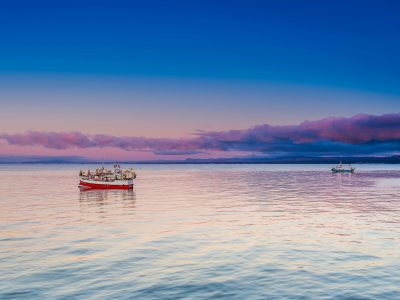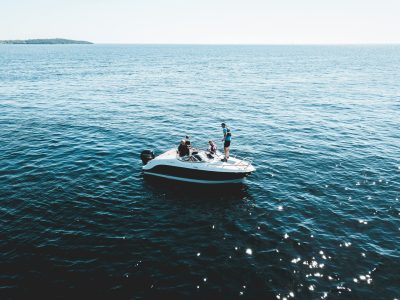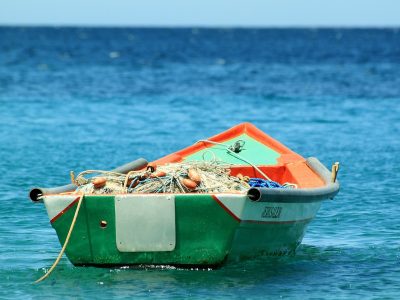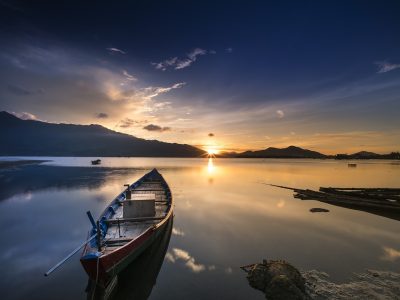Sailing regulations are intended to safeguard the two boaters and the regular environment. These guidelines give rules to safe sailing rehearses, limit mishaps, and lay out clear responsibilities regarding administrators.
Understanding the particular prerequisites for your area is fundamental, as sailing regulations fluctuate by state or country. Observing these guidelines guarantees your security as well as helps protect streams for people in the future.
The hull serves as the foundation of your boat, and keeping it in top shape is essential. Regularly inspect the hull for cracks, scratches, or signs of wear. Freshwater rinsing after each use prevents salt buildup, which can corrode the hull’s surface.
The age and sort of boat frequently decide authorizing prerequisites. In many states, anybody working a mechanized vessel should finish a boater training course and get a permit, particularly in the event that they are more youthful.
Boater instruction satisfies authorizing prerequisites as well as gives important abilities to taking care of crises. These courses cover subjects like route, ecological assurance, and impact evasion.
Wellbeing hardware is fundamental on any boat and is frequently legally necessary. Normal security things incorporate life coats, fire dousers, and visual trouble signals. Explicit guidelines decide the sort and number of wellbeing gadgets required in view of the boat's size and traveler limit.

Life coats, or individual buoyancy gadgets (PFDs), are a high priority on any boat. Regulations ordinarily require one life coat for each traveler, and youngsters are frequently expected to wear them consistently while ready.

Fire quenchers are lawfully expected on most boats with a motor or a fuel framework. The sort and number of dousers change by boat size. Routinely check that fire dousers are completely energized and ready to rock ‘n roll.

Visual and sound signs, like flares, horns, and whistles, assist boaters with conveying trouble to local vessels or coast monitor authorities. Boats working in vast waters or around evening time are normally expected to convey endorsed flagging gadgets.

Navigational standards, frequently alluded to as the “Rules of the Street,” guide connections between boats to forestall crashes. These standards incorporate option to proceed rules, speed cutoff points, and strategies for passing and overwhelming different vessels.

The option to proceed rules figure out which vessel has need when two boats meet. For the most part, controlled boats should respect non-fueled boats, like boats or paddlecraft. At the point when two power-driven boats deal with, both ought to go to one side to stay away from crash.

Speed limits and no-wake zones are laid out to safeguard natural life, diminish coastline disintegration, and guarantee the wellbeing of swimmers and different boaters. In no-wake zones, boaters should decrease speed to try not to make waves, which can be hazardous in swarmed or earth delicate regions.
Discarding waste appropriately is a basic rule for all boaters. Unloading rubbish, sewage, or different toxins into the water is unlawful and hurts oceanic life. Most boats with latrines should utilize a holding tank and void it at assigned siphon out stations.
Fuel and oil slicks can devastatingly affect marine life. Legitimate dealing with and removal of fuel are legally necessary to forestall contamination. Routinely investigate fuel lines and tanks for spills, and consistently fill the gas tank cautiously to keep away from spills.
